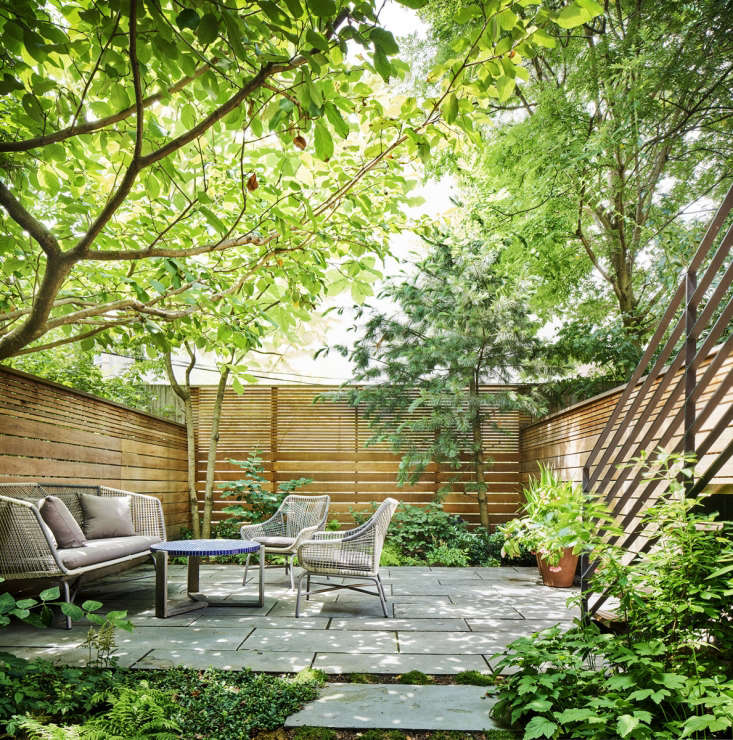If you’re considering ipe wood for a deck (or for siding, or for a fence), you probably already know that the smooth hardwood resembles mahogany and can last more than 50 years without needing replacement. Ipe has natural attributes to defeat many of the plagues that deck owners fear most: insects, rots, fire, and the effects of inclement weather.
However ipe trees, native to South America, are rare in their natural environments (as few as seven trees will grow per acre of forest). Ipe trees have been over-harvested for years, and despite efforts to promote responsible growth practices some eco-conscious designers and architects are looking for alternatives to ipe.
Is ipe the right choice for you? To help you decide, here are 10 things that nobody tells you about ipe wood:
1. Ipe is hard as nails. Literally.

Ipe is extremely dense less susceptible than other woods to burning, with a fire rating that is the same as steel and concrete. But the density can make it difficult for contractors if they are trying to saw and nail it. The solution is to pre-drill holes and use steel screws. Plus, the hardwood chews up blades. These factors increase labor costs.
2. Ipe is more expensive than many woods.

Ipe is notably more expensive then redwood and cedar. On average, ipe costs $3.50 to $5 per square foot “and the cost of labor will increase the total price to around $20 per square foot,” according to Improvenet.
3. Ipe is more durable than other woods.

Within ipe wood are natural oils that preserve it; combined with the wood’s exceptional density, you can expect an ipe deck or fence to last up to 50 years without replacement.
4. For longevity, ipe requires maintenance.

To extend its life, ipe wood requires some TLC. With oil treatment, its lifespan can be up to 75 years. Tip: Remember to seal the ends of the wood after cutting. When the grain is exposed, the moisture level can change and spread throughout the wood. Applying sealer to fresh cuts slows the process and helps prevent splitting.
5. There’s a black market for ipe wood.

Given Ipe’s popularity, it’s not surprising to learn that the wood is often illegally harvested (as is other rainforest timber.) And because ipe can command high prices, Brazilian loggers and local officials often harvest more Ipe than is legal.
The Rainforest Alliance reports that this wood is already over harvested due to its widespread construction use. With continued sourcing, this exotic wood may eventually become extinct. This is one of the biggest factors causing environmentally minded people to say no to ipe.
6. You should buy only FSC-certified ipe wood.

When ipe trees are responsibly grown in managed forests, the harvested wood gets a stamp of approval from the Forest Stewardship Council (which is what it means when you see the label “FSC-certified wood”).
7. Some people are allergic to ipe wood.

Ipe dust is ridiculously fine and during construction it can get everywhere, including into eyes, ears and noses. Although severe reactions are uncommon, Ipe can cause skin, eye, and respiratory irritation, as well as headaches, or asthma-like symptoms. If you work with this wood, please wearing protective clothing, gloves, and a proper mask.
8. You may be happier with an ipe alternative.

There are plenty of alternatives to ipe wood. Using reclaimed wood is a smart start. Several wood types are good alternatives. One excellent and sustainable option is reclaimed cumaru, also known as Brazilian teak; it looks similar to Ipe with a rich, warm color and costs less. Reclaimed teak is another choice, also offering similar durability and rot-resistant benefits. Tip: Teak is less dense, making installation easier and more affordable.
9. There are other harder woods than ipe.

Have you heard of Quebracho (“the axe breaker”) or Lignum vitae? For a list of the world’s Top Ten Hardest Woods, see the Wood Database.
10. Ipe wood stays cool even in hot sun.

“While Ipe does have some warmth when the sun is out, it does not retain the heat. So, it never gets too hot to walk on,” notes Floor Critics.
Get more design ideas and inspiration in our Decks & Patios 101 design guide in our curated guides to Hardscape 101. Read on:
- Landscape Ideas: 10 Wooden Decks That Disappear
- Hardscaping 101: Wood Decks
- 10 Easy Pieces: Wood Flooring for Decks









Have a Question or Comment About This Post?
Join the conversation